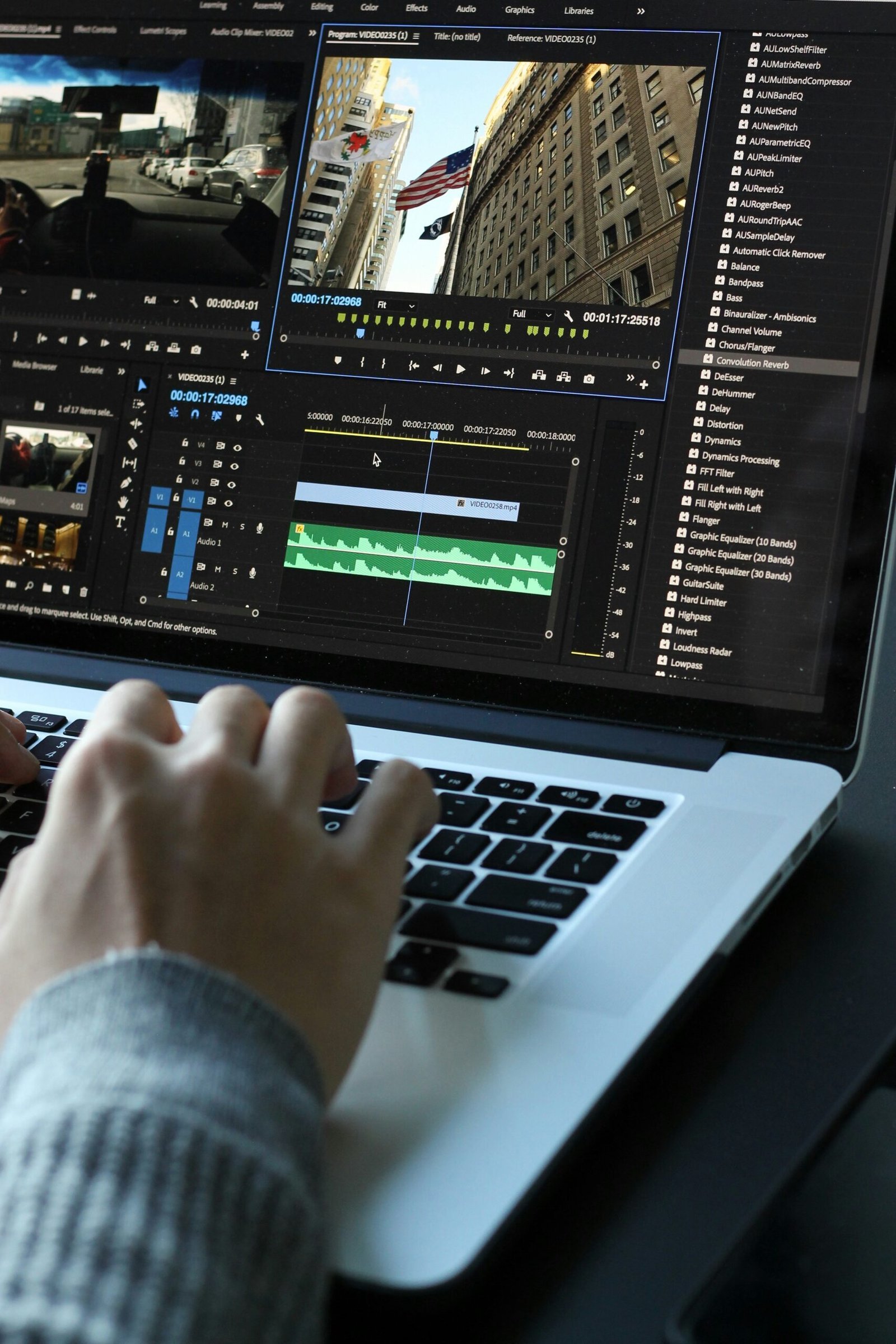
Introduction to Adobe Firefly’s AI Video Model
Adobe Firefly represents a significant advancement in the realm of creative tools, especially in the field of video production. As an innovative solution, Adobe Firefly’s AI video model has been designed to harness the power of artificial intelligence, enabling content creators to streamline their workflows. This technology facilitates an easier and more efficient video creation process, making it a valuable asset for professionals and enthusiasts alike.
At the core of Adobe Firefly are AI-driven systems that perform tasks traditionally requiring extensive manual input. These video models integrate advanced algorithms to assist in automated editing processes, allowing users to generate high-quality video content with remarkable speed. This innovation not only expedites production timelines but also reduces the dependency on extensive technical expertise, making it more accessible for users with varied skill levels.
Key features of Adobe Firefly’s AI include its content generation capabilities, which allow users to create engaging visuals and narratives from a set of inputs. This feature is particularly beneficial in ensuring that fresh and dynamic content can be produced effortlessly. Furthermore, the user-friendly interface ensures that creators can easily navigate through the options, enabling them to focus on creativity rather than the technical intricacies of video editing.
Integrating AI into the video production workflow offers numerous advantages, from enhancing productivity to expanding creative possibilities. With tools like Adobe Firefly, creators can experiment with different styles and formats without the associated risk of extensive resource investment. As we explore the multifaceted applications of this AI video model, the transformative potential of Adobe Firefly within the video creation landscape will become increasingly evident.
How Adobe Firefly Enhances Video Creation
The integration of AI into video creation processes has gained significant traction, and Adobe Firefly’s AI video model exemplifies this trend effectively. Adobe Firefly utilizes advanced algorithms to automate various facets of video production, thus streamlining workflows for content creators. One standout feature is its template-based creation. This allows users to select from pre-designed templates, which can be customized to fit diverse project requirements. By providing an array of templates tailored to various themes and styles, creators can save substantial time, enabling them to focus on the core message of their videos rather than the repetitive aspects of editing.
Another remarkable functionality of Adobe Firefly is its ability to generate scenes based on text prompts. This text-to-scene technology empowers creators to input descriptive cues, which the AI interprets to produce dynamic sequences that embody the provided vision. Such an approach not only fosters creativity but also enhances productivity; even those with limited technical skills can generate high-quality scenes. This feature is particularly beneficial for marketers and educators seeking to create engaging content quickly.
Adaptive editing tools further augment the capabilities of Adobe Firefly’s video model. These tools analyze user inputs and automatically adjust aspects such as color grading, audio synchronization, and transitions to create a polished final product. This ensures that even novice editors can produce professional-grade videos without extensive experience. By simplifying complex processes, Adobe Firefly helps democratize video creation, allowing individuals from various backgrounds to harness the power of video effectively.
With these features, Adobe Firefly not only enhances efficiency in video production but also fosters an environment ripe for innovation, allowing creators to push the boundaries of their projects. As the landscape of video creation continues to evolve, the incorporation of AI tools like those found in Adobe Firefly will likely play a pivotal role in shaping its future.
Case Studies: Real-World Applications of Adobe Firefly in Video Production
The integration of AI technologies in video production has been transformative, and Adobe Firefly’s AI video model has played a pivotal role across various sectors. One notable case study is in the marketing industry, where a leading brand implemented Adobe Firefly to create engaging advertisements. The challenge they faced was to generate a high volume of customized video content for diverse audience segments quickly. By utilizing Firefly’s generative capabilities, the brand was able to produce targeted video ads tailored to different demographic groups, significantly enhancing user engagement rates while reducing production time by over 50%. This not only streamlined their workflow but also allowed the creative team to focus on strategic content development rather than routine editing tasks.
In the realm of education, a university adopted Adobe Firefly’s AI video tools to enhance online learning experiences. They sought to make complex subjects more accessible to students through dynamic video content. By employing Firefly’s automatic editing and visual enhancement features, educators were able to create informative and visually appealing video lectures. These videos incorporated animations and contextual graphics to clarify intricate concepts, resulting in improved student comprehension and higher satisfaction ratings. The use of Adobe Firefly allowed the institution to maintain high pedagogical standards without overwhelming instructors with production demands.
Additionally, independent filmmakers have turned to Adobe Firefly for cinematic storytelling. One filmmaker faced significant budget constraints and limited resources, making it challenging to produce high-quality video content. By leveraging Firefly’s AI video model, they were able to generate realistic visual effects and streamline post-production processes. The end result was a compelling short film that received critical acclaim at several film festivals. This case exemplifies how Adobe Firefly empowers creators, regardless of their resource levels, to push creative boundaries and bring their visions to life.
The Future of AI in Video Creation: Limitations and Possibilities
The advent of Adobe Firefly’s AI video model marks a notable turning point in the world of video production, yet it simultaneously reveals a range of limitations that must be critically addressed. One significant concern is the overreliance on AI technologies, which may lead to a decline in human creativity and originality. The automation of video creation can streamline workflows, but it may also result in content that lacks emotional depth or nuanced storytelling, elements that are inherently human. As Adobe Firefly continues to develop its capabilities, it will be essential to balance automation with the irreplaceable insight and creativity that human creators bring to video production.
Moreover, ethical considerations emerge as a fundamental challenge. The integration of AI into video creation raises questions about copyright, originality, and the potential for bias. As AI technologies like Adobe Firefly evolve, ensuring that the content generated respects intellectual property rights and does not inadvertently perpetuate stereotypes or misinformation is crucial. These considerations become even more significant as the boundaries between AI-generated content and human-generated media blur, prompting discussions around ownership and accountability in the digital age.
As we look to the horizon, it is clear that developments in AI technologies will continue to shape the landscape of video production. Future advancements in tools like Adobe Firefly promise greater personalization, interactivity, and integration of advanced features, such as real-time content adaptation to audience preferences. This trajectory suggests an exciting evolution in how video creators can leverage AI to enhance their productions. Maintaining the synergy between AI capabilities and human creativity will likely be vital in shaping a future where video production thrives on innovation while retaining its core artistic values. In conclusion, although AI presents remarkable possibilities, navigating its limitations thoughtfully will determine how effectively it shapes the future of video creation.
